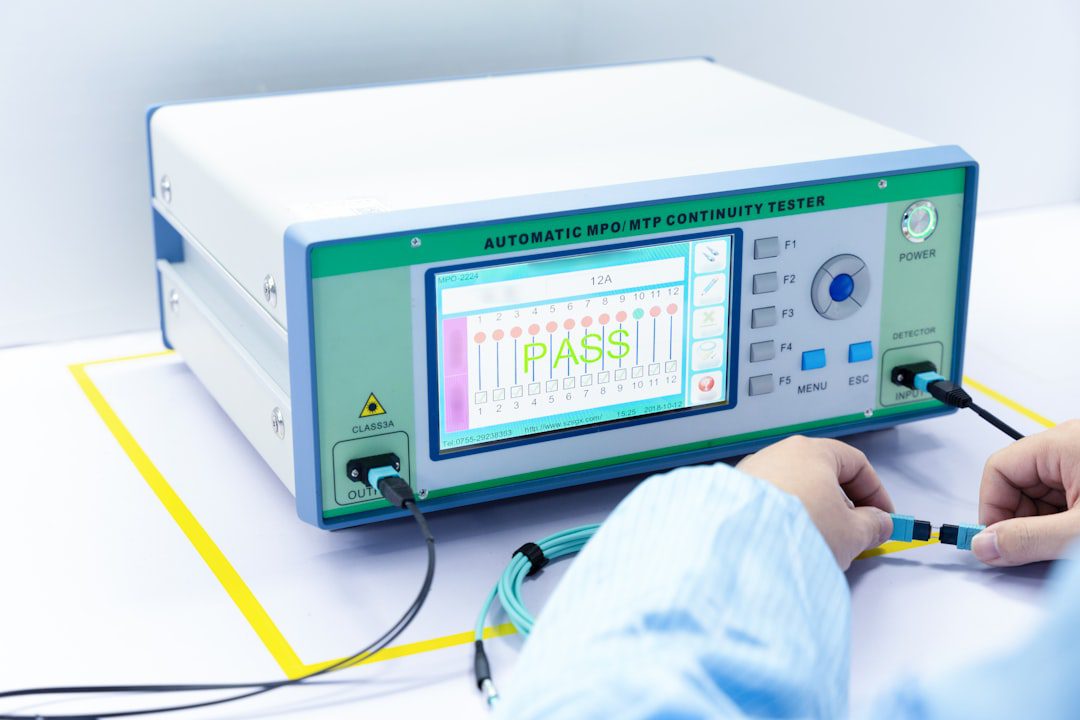
FDA’s Enhanced Communication Strategy Signals New Era of Device Recall Transparency
The FDA has issued an early alert regarding an aspiration system issue from Calyxo, marking a significant development in the agency’s evolving approach to medical device safety communication. This alert represents part of the FDA’s Communications Pilot to Enhance the Medical Device Recall Program, demonstrating the agency’s commitment to providing more timely and comprehensive safety information to healthcare providers and manufacturers.
Understanding the Calyxo Aspiration System Issue
While specific technical details of the aspiration system defect are still emerging, this early alert underscores the critical nature of aspiration devices in medical procedures. Aspiration systems are essential medical devices used to remove fluids, tissues, or foreign materials from the body during surgical and diagnostic procedures. Any malfunction in these systems can pose serious risks to patient safety, including:
- Incomplete removal of targeted materials
- Potential tissue damage from excessive suction
- Cross-contamination risks
- Procedural delays or complications
The Communications Pilot Program: What Manufacturers Need to Know
The FDA’s Communications Pilot represents a paradigm shift in how device recalls are communicated to stakeholders. This initiative aims to:
- Accelerate information sharing: Early alerts provide preliminary safety information before formal recall classifications are complete
- Enhance transparency: More detailed communication helps manufacturers understand regulatory expectations
- Improve patient outcomes: Faster dissemination of safety information enables quicker corrective actions
Regulatory Implications for Medical Device Manufacturers
This early alert system has significant implications for manufacturers across all device categories. Under 21 CFR 806, manufacturers must evaluate whether similar issues could affect their own products and take appropriate action. The enhanced communication approach means:
Increased Scrutiny: The FDA is demonstrating a more proactive stance on device safety, suggesting manufacturers should expect more rapid regulatory responses to emerging safety concerns.
Expanded Reporting Expectations: The pilot program may become the new standard, requiring manufacturers to be prepared for more frequent and detailed safety communications.
Essential Compliance Actions for Manufacturers
Medical device manufacturers should immediately implement the following compliance measures:
- Review Similar Device Portfolios: Conduct thorough assessments of any aspiration systems or similar devices in your product portfolio to identify potential comparable risks
- Strengthen Post-Market Surveillance: Enhance monitoring systems to detect safety signals earlier, particularly for devices with similar mechanisms of action
- Update Risk Management Files: Review ISO 14971 risk management documentation to ensure aspiration-related risks are adequately addressed
- Prepare Communication Protocols: Develop rapid response procedures for addressing safety concerns that may emerge from similar early alerts
Quality Management System Considerations
Under ISO 13485 requirements, manufacturers must maintain effective post-market surveillance systems. This early alert reinforces the importance of:
- Robust complaint handling procedures
- Systematic trend analysis of device performance data
- Proactive risk assessment updates
- Clear escalation procedures for safety concerns
Looking Ahead: Preparing for Enhanced FDA Communications
As the Communications Pilot continues to evolve, manufacturers should anticipate more frequent and detailed safety communications from the FDA. This represents an opportunity to demonstrate proactive compliance and commitment to patient safety.
The Calyxo aspiration system alert serves as a critical reminder that device safety is an ongoing responsibility requiring constant vigilance, robust quality systems, and rapid response capabilities. Manufacturers who embrace these enhanced communication expectations will be better positioned to maintain compliance and protect patient safety in an increasingly transparent regulatory environment.


No comments yet. Be the first to comment!